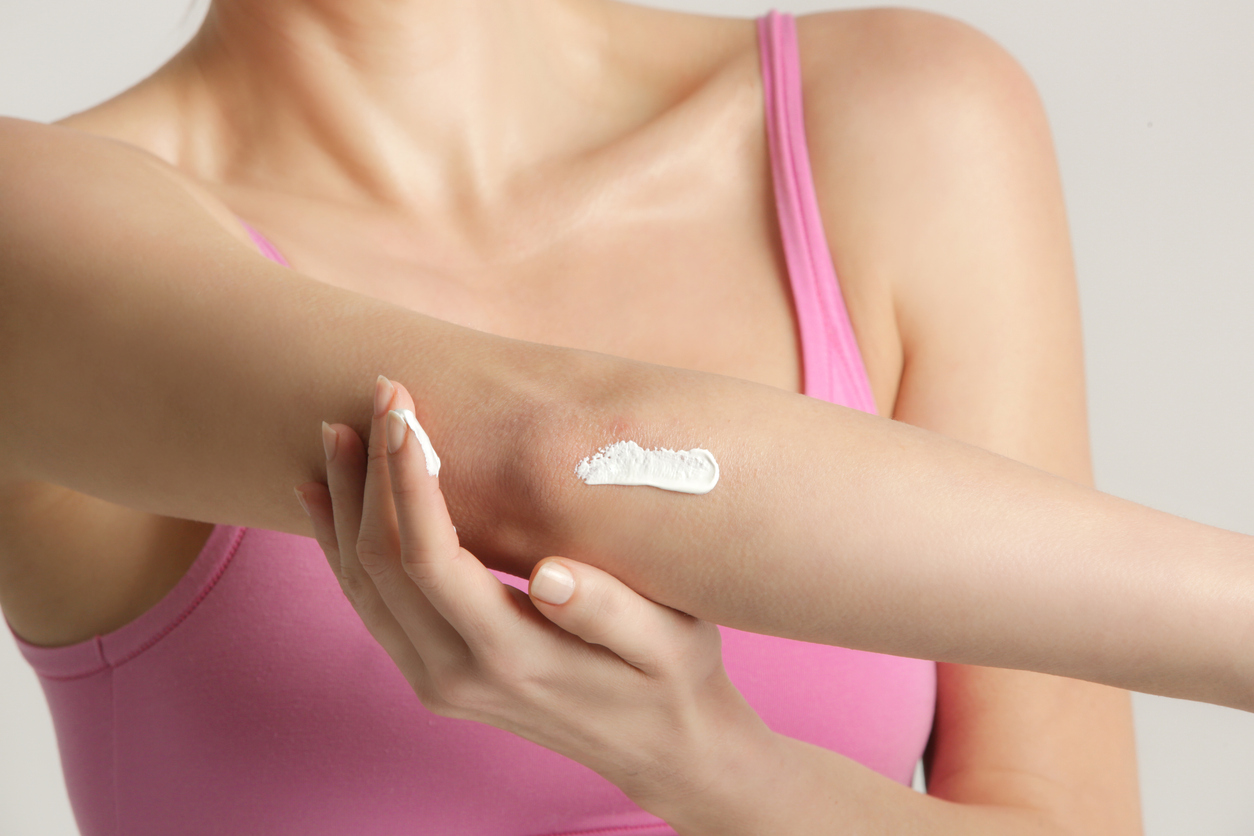In the pursuit of fostering awareness and proactive healthy skincare practices, we’ll never stop talking about how crucial it is to take care of your skin. As February kicks in, we’re giving extra attention to keeping things in check for National Cancer Prevention Month, placing a specific focus on one of the most prevalent and potentially serious conditions—skin cancer. Although it is the most common cancer in the United States, it’s also the most treatable when detected early. From understanding when to start skin cancer screenings to adopting effective preventive measures, board-certified dermatologist Dr. Corinne Erickson shares her expertise by answering some of the most frequently asked questions.
At what age should skin cancer screenings be done?
Unlike many cancer screening guidelines, there is no set age when a person should start getting skin cancer screenings. When to start getting skin checks depends on multiple factors. Kids with a strong family history of melanoma or moles that the Pediatrician flags as potentially abnormal should come in for a skin check. People with more than 50 moles, a first-degree family member with melanoma, a history of blistering sunburns, tanning bed use, or a new or changing mole should be start receiving skin exams as soon as possible. There isn’t a wrong age to start!
How frequently should screenings be scheduled for monitoring of skin cancer?
People without a history of skin cancer should have a skin cancer exam once per year. Those with a history of non-melanoma skin cancers such as basal cell carcinoma and squamous cell carcinoma should come every 6 months, and those with a history of melanoma should come every 3-6 months depending on the timing of the melanoma. I have patients who don’t have a history of skin cancer, but they have many biopsy confirmed abnormal moles and are higher risk for melanoma, so I have them come every 6 months.
Is it recommended to conduct self-evaluation skin checks at home?
I recommend my patients get to know their moles and keep an eye out for anything that is new or changing. For the most part, people stop developing new moles in their 20’s, so the new moles that show up in adulthood are more worrisome. Moles that change shape, size, or color are also suspicious and need evaluation. Self-skin evaluations can help patients catch abnormal moles and skin cancers in the earliest stages.
What does skin cancer look like?
Skin cancers range in appearance depending on the type and subtype, and they can be very subtle. The most common type of skin cancer is a Basal Cell Carcinoma. These are typically pearly pink papules on sun exposed areas. Often times patients initially think a basal cell is a pimple as they can look similar early on, and then the bump continues to grow and occasionally bleed. Squamous cell carcinoma is the second most common type of skin cancer, and these can present as a tender, crusty area that bleeds easily. My best advice to find basal and squamous cells early is that if you think you have a pimple or a scrape and it isn’t gone in a month, get it checked by your Dermatologist.
Melanomas are the third most common type of skin cancer but the deadliest. Most melanoma appears as a new pigmented (brown or black) lesion, although some moles can change into melanoma over time. This is why it helps for patients to know their moles, and if a new dark spot appears, or an old mole changes color, size or shape, to get in to see their dermatologist ASAP.
In the event of a necessary skin biopsy, what happens during and after the procedure?
During your skin exam, your provider may recommend a biopsy of a suspicious lesion. First, your provider will clean the area with alcohol and inject lidocaine directly into the lesion. This burns a bit but the numbing effect is immediate. Once the area is numb, your provider will use a sterile blade to shave the lesion off of your skin. Then, she will use either a topical solution or electrocautery to stop the bleeding and apply a small dressing to the biopsy site. The sample goes off to a Dermatopathologist, and our office contacts you with results approximately one week later.
Does a biopsy result in the complete removal of the mole or skin lesion?
Sometimes we are able to completely remove the suspicious spot with the biopsy. If a mole is graded as mildly or moderately atypical, the biopsy is often sufficient to treat the area. However, if the lesion is a skin cancer or a severely atypical mole, further treatment is usually necessary to clear any remaining abnormal or cancerous cells.
Are skin cancer screenings covered by insurance?
Every insurance policy is different. Most skin exams are covered, however there may be out of pocket responsibilities based upon copay and deductible. Skin exams are generally not considered preventative by insurance companies. Call you insurance company prior to your skin exam to find out what your coverage will be. Please note that if any biopsies or other procedures are performed during your skin exam, those often go toward your deductible.
What preventative measures are recommended to avoid skin cancer?
Sun protection is the best way to prevent skin cancer. The American Academy of Dermatology recommends daily protection with SPF 30 or higher on sun exposed areas. Wide-brimmed hats are very helpful, especially to protect the part line, areas of thinner hair, and the ears. For patients who have had non-melanoma skin cancers, I recommend supplementation with Nicotinamide, a vitamin that has been clinically shown to reduce the development of precancers and non-melanoma skin cancer. I also recommend Heliocare Advanced, a vitamin that contains a fern extract that increases your skin’s resilience to UV exposure as well as Nicotinamide.







